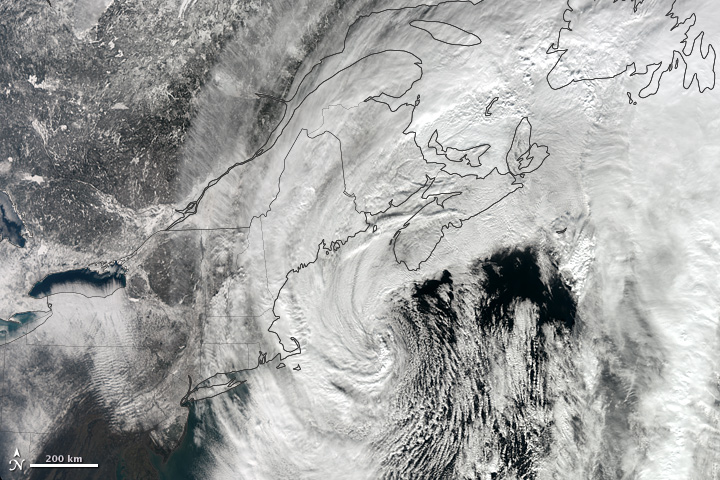A new study using snow during a Minnesota blizzard gave researchers new insight into the airflow around large wind turbines.
Thanks to subsidies, wind turbines are not going away until at least February of 2017, so improving wind energy efficiency is essential, especially in wind farms where airflows from many large wind turbines interact with each other, a problem that no one included in estimates of cost versus value.
While $72 billion in federal spending have made wind energy second only to solar in alternative energy, it suffers a problem just as crippling. In real-world conditions, solar panels lose efficiency within weeks due to the environment and the U.S. Department of Energy estimates energy losses in wind farms are 20 percent due tp complex airflows created by the turbines themselves.
As wind turbines have grown to more than 100 meters tall, there are even more numerical estimates and even less actual testing before the money is spent.
What wind tunnels can't do, blizzards can.

Will blizzard analyses make wind power ready for prime time? Credit: NASA
"In the lab we use tracer particles to measure airflows of wind turbine models in wind tunnels, but our research was extremely constrained by an inability to measure flows at the large scale," said Jiarong Hong, a University of Minnesota mechanical engineering assistant professor and lead researcher on the study. "Most researchers thought measurements of this kind at the real-world scale were impossible."
He wondered if snow might be the solution to their dilemma.
"We have everything we needed in Minnesota for this research," Hong said. "We have a fully-equipped large research wind turbine at the U.S. Department of Energy-funded Eolos Wind Energy Research Center run by the University. We also have snow to serve as the particulates to measure the airflows and committed researchers and engineers to carry out such an unprecedented effort."
After a number of previous attempts when the snow was poor quality or the instruments malfunctioned in the cold weather, researchers headed to the Eolos 2.5 KW wind turbine in Rosemount, Minn., in the early morning hours of a snowstorm on Feb. 22, 2013.
They braved the harsh conditions in the middle of the night to set up a large searchlight with specially designed reflecting optics to generate a gigantic light sheet next to the 130-meter-tall wind turbine for illuminating the snow particles in a 36-meter-wide-by-36-meter-high area. The snow is easier to see in the light at night, much like the average person looks into a streetlight to see how much it is snowing during a snowstorm. Researchers videotaped the snow particles as the wind turbine spun to show airflow patterns. This video was digitized and synchronized with wake flow and load data from the fully instrumented research wind turbine.
Results of the experiment showed that this technique was successful in measuring the turbulence of the airflow structure around the wind turbine. It is a first step in showing significant differences in the patterns of airflows in the field at large scale compared to those measured in the lab.
"These measurements are extremely important in our efforts to improve the efficiency of wind energy that will reduce our reliance on fossil fuels," said Fotis Sotiropoulos, co-author of the study and director of the University's St. Anthony Falls Lab and the Eolos Wind Energy Research Center. "Who would have ever thought we'd use a Minnesota blizzard to help fight global warming."






Comments